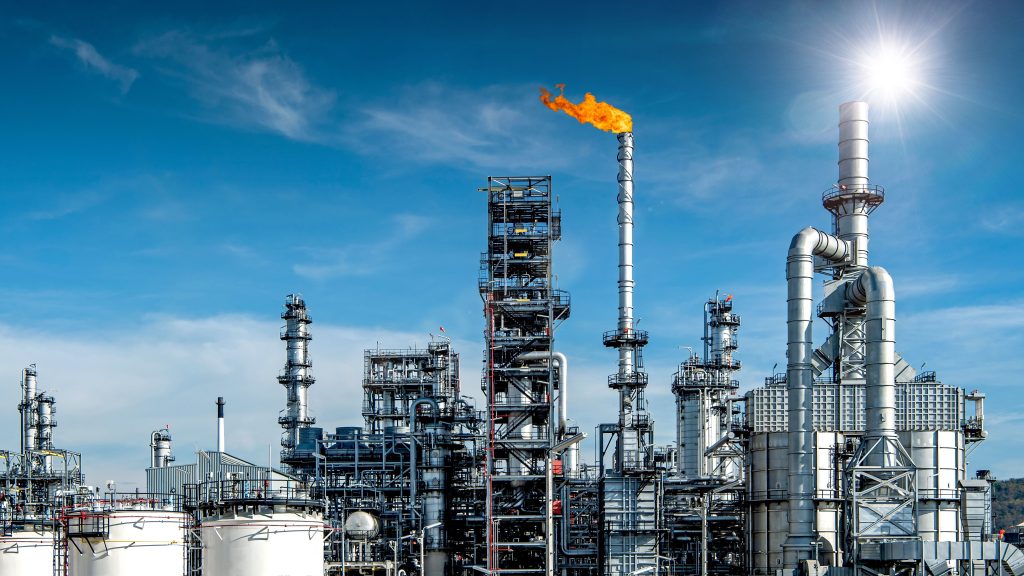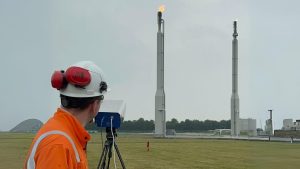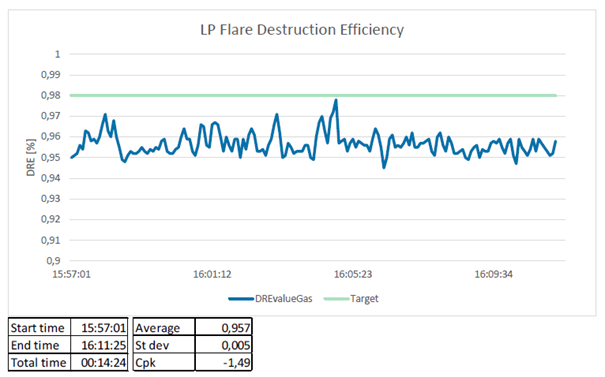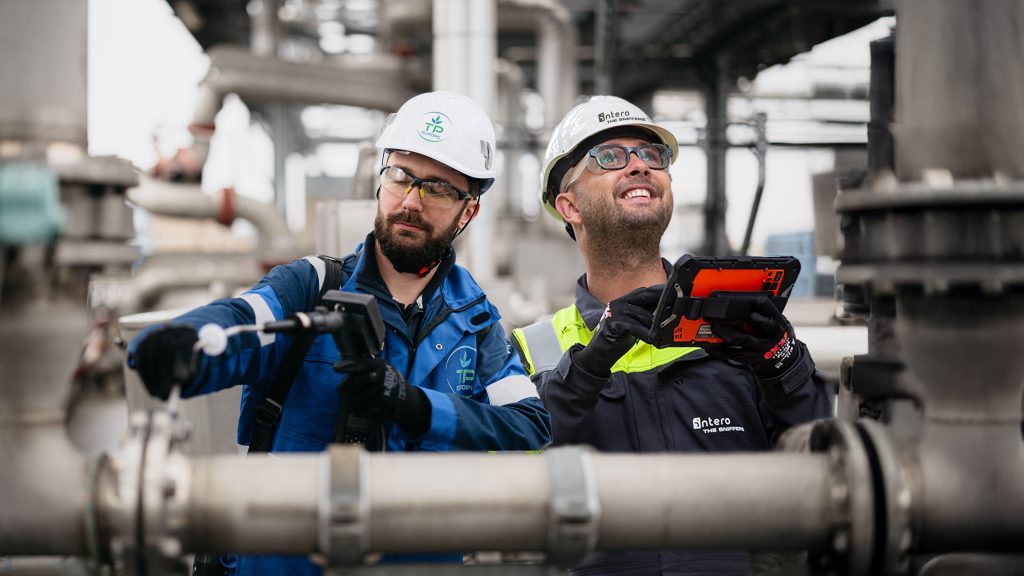

blog
Flare Combustion Efficiency: Best Measurement Techniques
The efficiency of flare combustion processes is important for industrial operations, environmental protection, and Legal obligations. As an environmental engineer with over 15 years of




